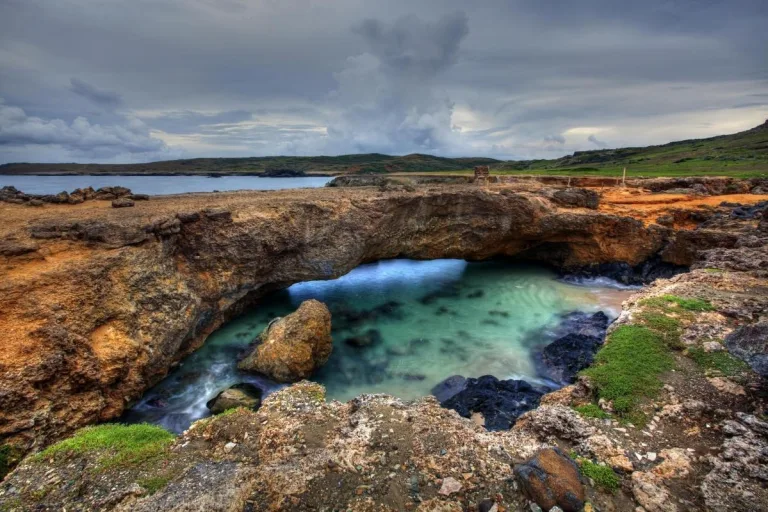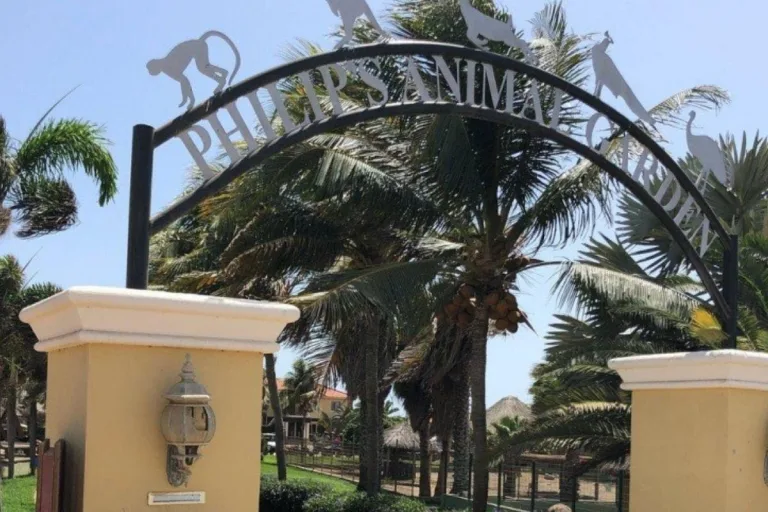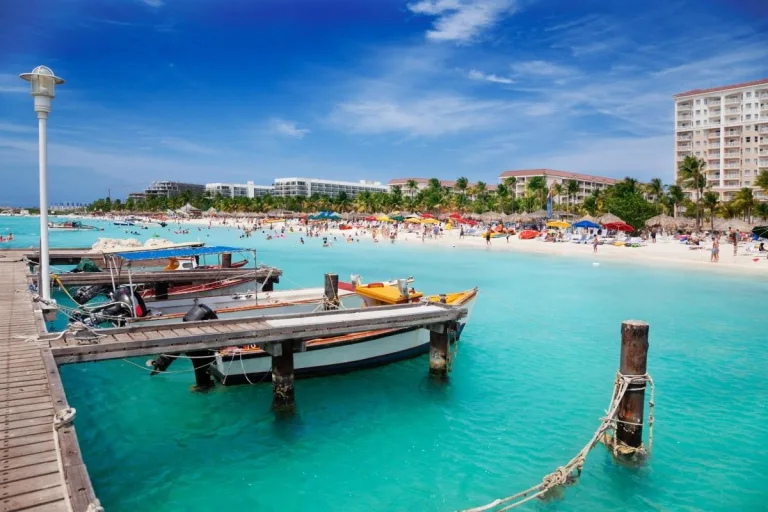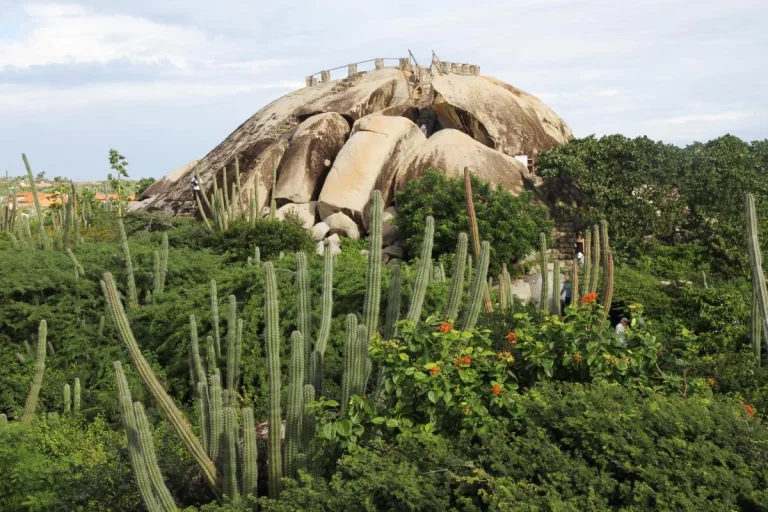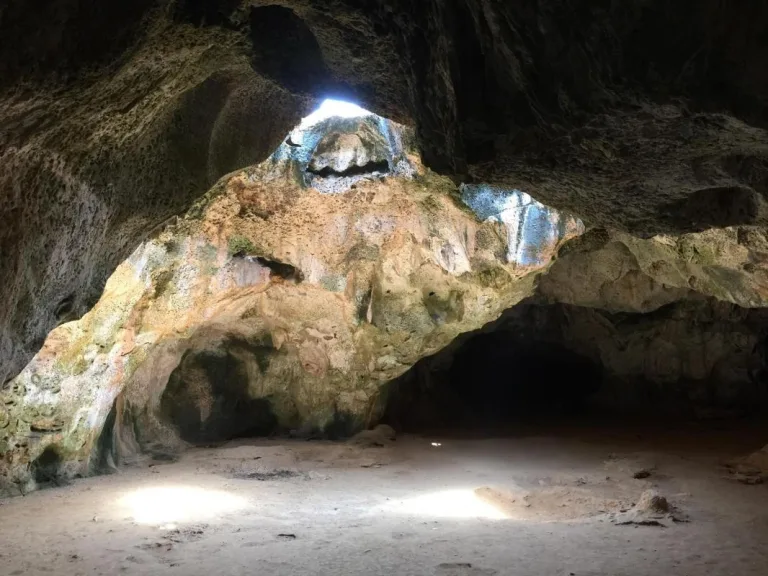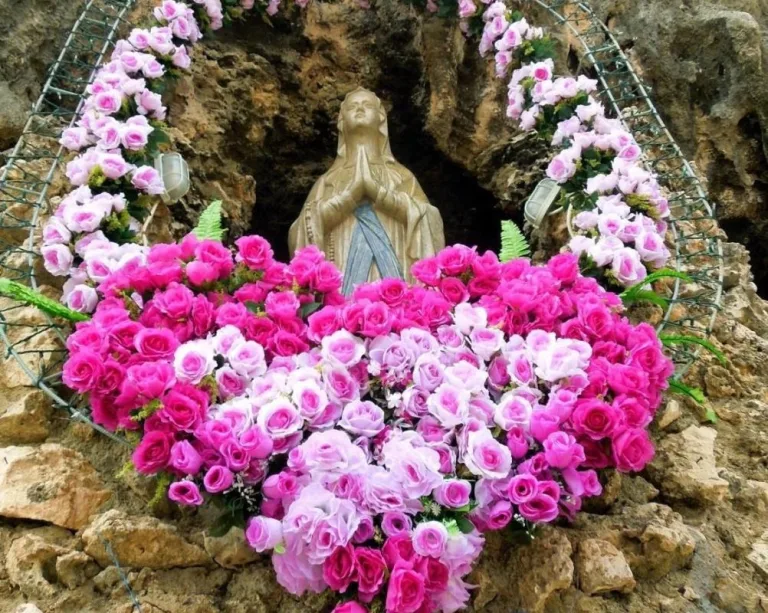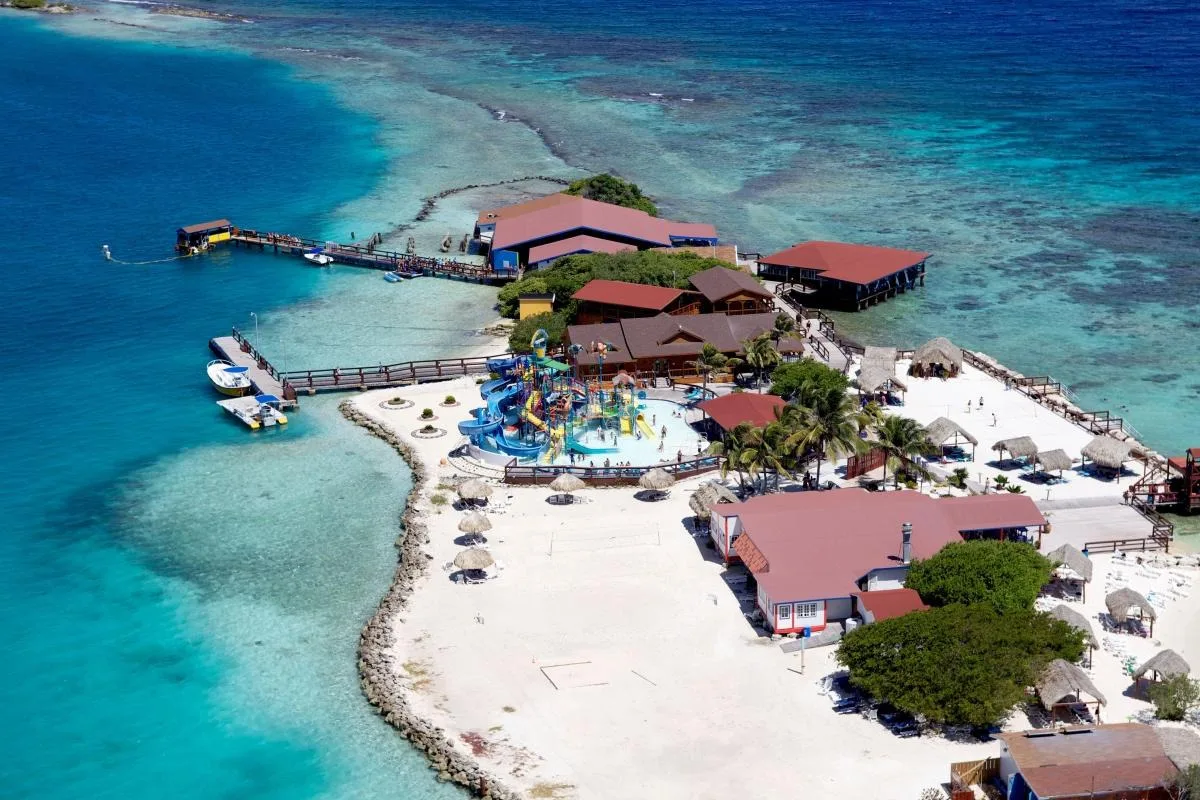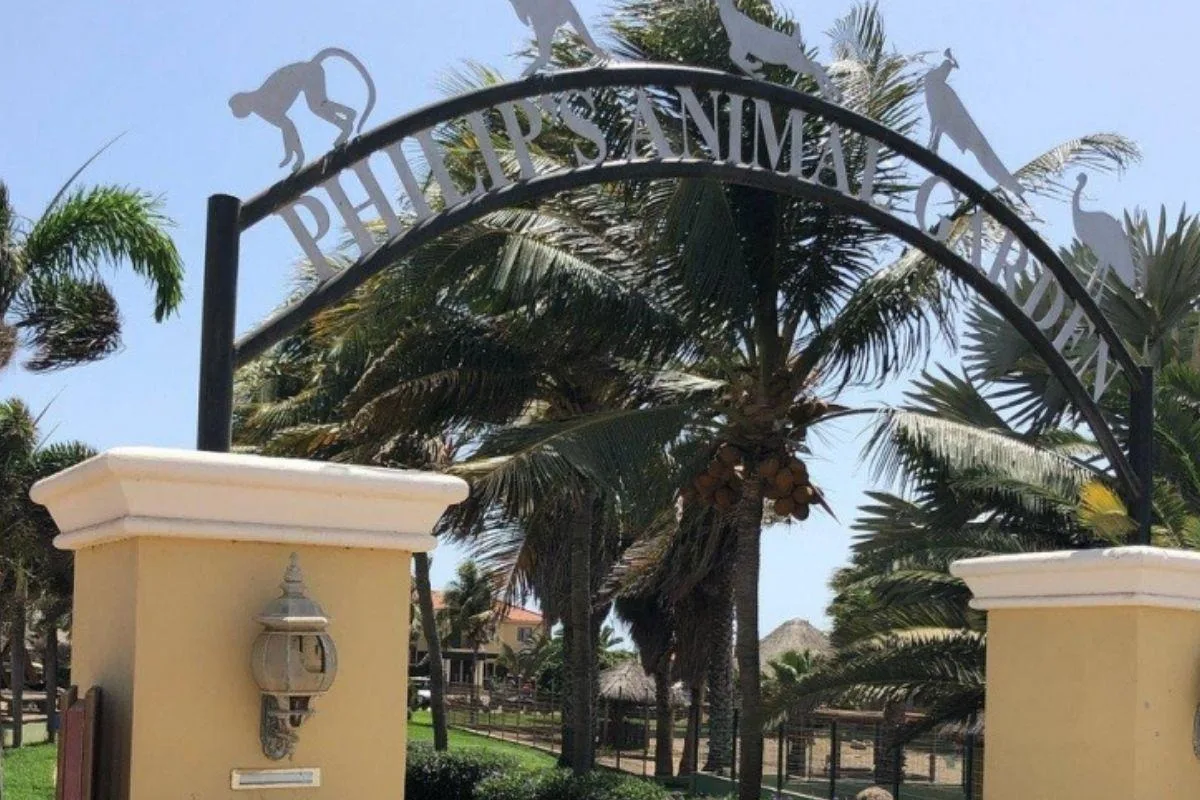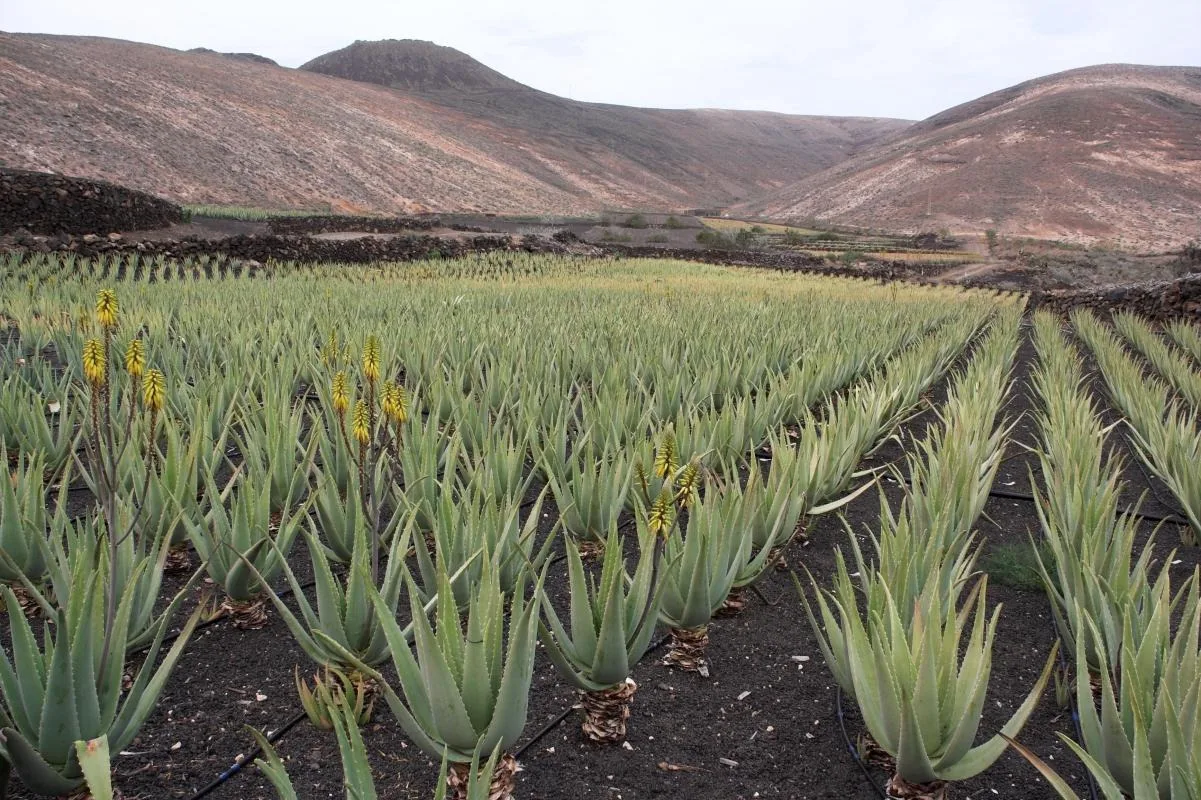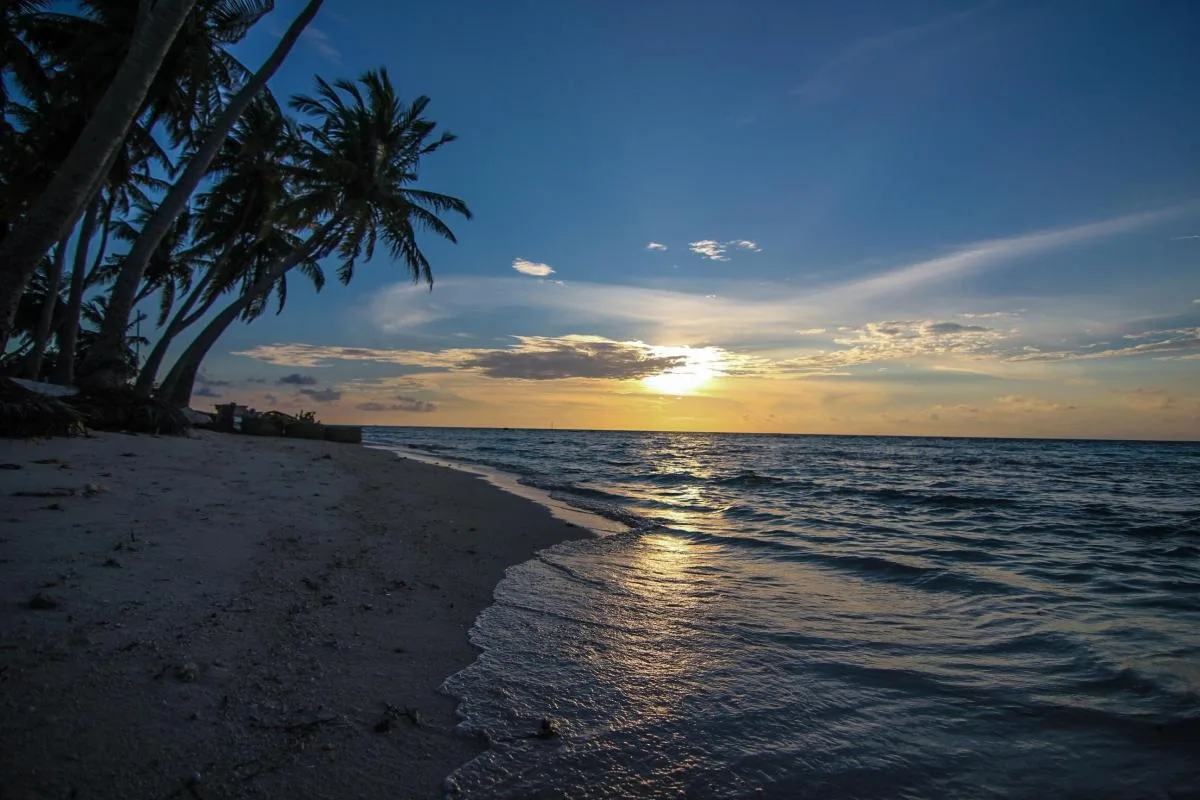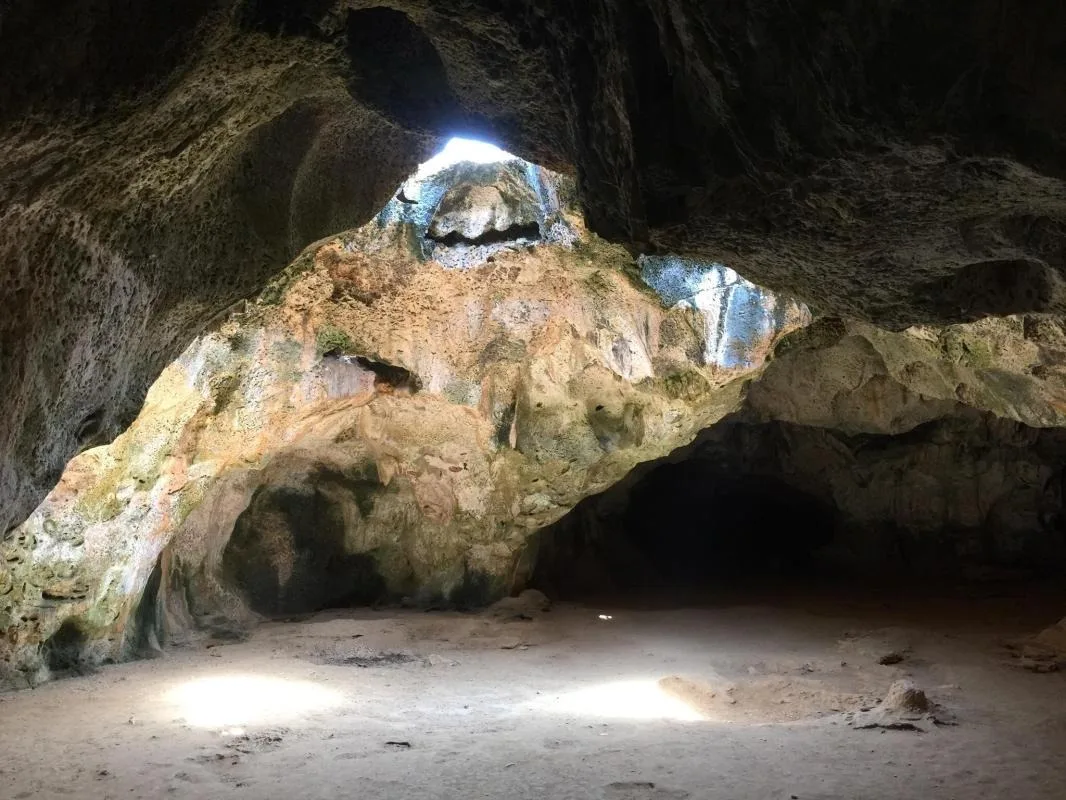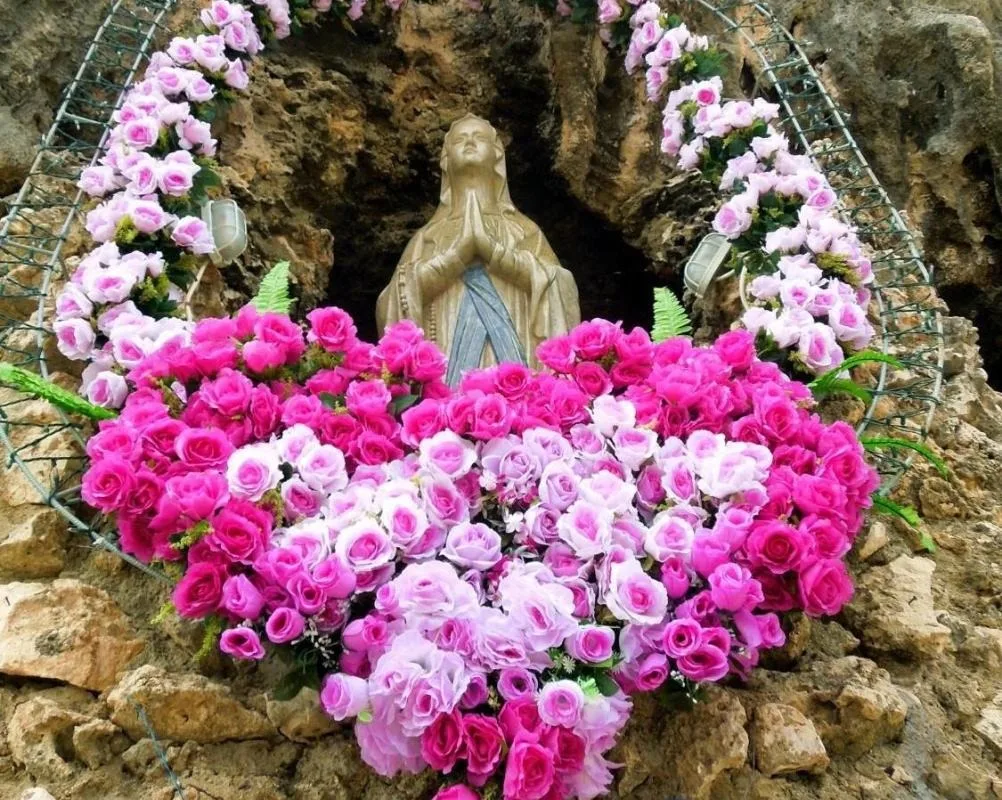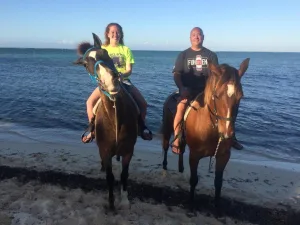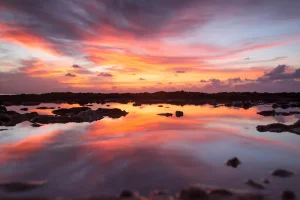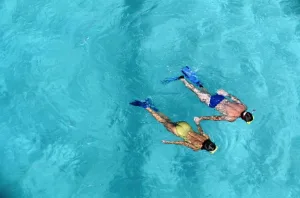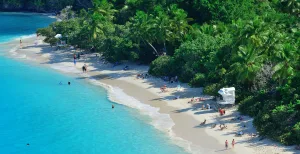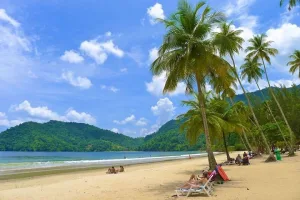Nestled in the heart of the Caribbean, Aruba beckons with its powdery beaches, crystal-clear waters, and a vibrant blend of Dutch and Caribbean cultures. Beyond the sun-kissed landscapes, this “One Happy Island” offers a myriad of experiences for every traveler. Join us on a journey through the top 10 destinations that showcase the enchanting allure of Aruba, where azure seas meet desert-like terrain, and each corner reveals a slice of paradise waiting to be explored.

The 10 Best Things to do in Aruba
The Dutch Caribbean Gem of Aruba throws open its arms to all kinds of travelers! “One Happy Island,” isn’t just a catchy slogan – it’s




